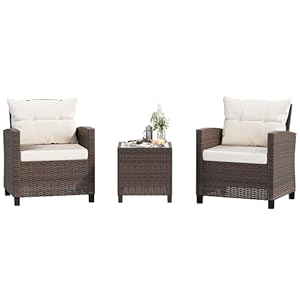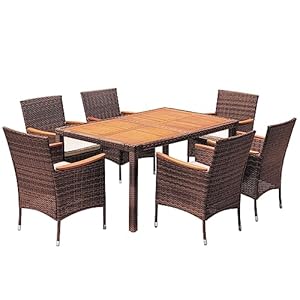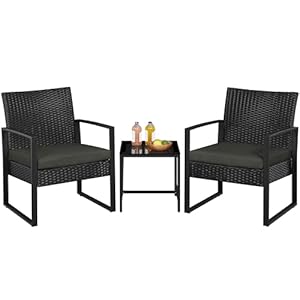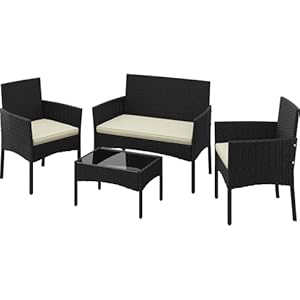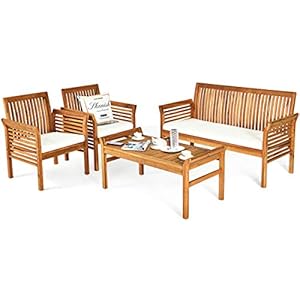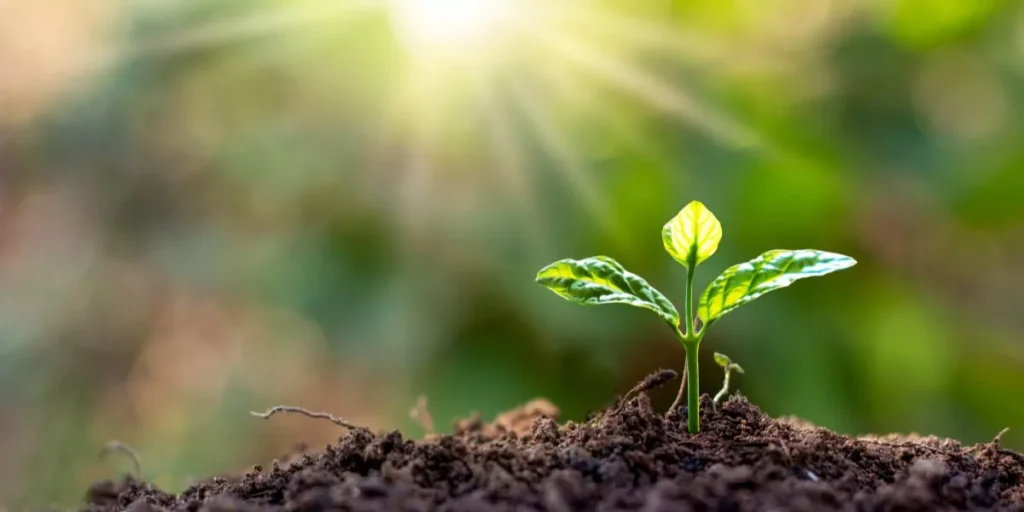
You may have wondered about the possibility of cultivating plants in low-light settings. The answer might surprise you. Despite the challenges that come with dimly lit environments, there are ways to nurture greenery successfully. By exploring the intricacies of plant selection, care techniques, and smart strategies, you could unlock the secrets to thriving greenery in unexpected places. Stay tuned to uncover the secrets of flourishing in the shadows with your botanical companions.
Best Plants for Low-Light Environments
If you’re looking to grow plants in low-light conditions, consider choosing species that are well-suited to thrive in such environments. Some great options include snake plants, which are known for their ability to tolerate low light and infrequent watering.
Another excellent choice is the pothos plant, with its trailing vines adding a touch of green to any space. Peace lilies are also a fantastic option, with their elegant white blooms and ability to grow in low light, although they do require a bit more attention to watering.
For a pop of color, African violets can thrive in low-light settings and offer a variety of flower colors to choose from. Lastly, the spider plant is a resilient option that can adapt well to low light while also helping purify the air.
These plants aren’t only beautiful additions to your space but also make caring for plants in low-light conditions a breeze.
Tips for Caring for Low-Light Plants
When caring for low-light plants, ensure you adjust your watering schedule accordingly to meet their specific needs. Low-light plants typically require less water compared to those in brighter conditions. Overwatering can be detrimental to these plants, as they may not dry out as quickly in low-light environments. Check the soil moisture regularly by inserting your finger into the soil up to an inch deep; only water when the top layer feels dry.
In addition to proper watering, consider cleaning the leaves of your low-light plants regularly. Dust can accumulate on the leaves, which can hinder their ability to photosynthesize effectively. Wipe the leaves gently with a damp cloth to remove any dust and help the plant absorb more light.
Furthermore, low-light plants benefit from occasional fertilization, but be cautious not to over-fertilize. Use a diluted, balanced fertilizer once every few months during the growing season to provide essential nutrients without overwhelming the plant. Following these care tips can help your low-light plants thrive despite the dimmer conditions.
Strategies for Maximizing Growth in Low Light
To maximize growth in low light, ensure you place your plants near the brightest available light source in the room. This might be a south-facing window or under artificial grow lights specifically designed for plants.
Rotate your plants regularly to ensure all sides receive an equal amount of light for balanced growth. Consider using reflective surfaces near your plants to bounce light back onto the leaves. Choose light-colored pots to reflect light onto the lower parts of the plant.
Keep your plant’s leaves clean by gently wiping them with a damp cloth to remove dust and debris that can hinder light absorption. Opt for plants that are well-suited for low-light conditions, such as snake plants, pothos, or peace lilies.
Avoid overcrowding your plants as this can block light from reaching lower leaves. Lastly, monitor your plant’s growth and adjust their placement as needed to provide the best possible light conditions for healthy development.
Common Mistakes to Avoid in Low-Light Gardening
Don’t hinder your plant’s growth by making common mistakes in low-light gardening. One common error is overwatering. In low-light conditions, plants don’t photosynthesize as much, so they don’t need as much water. Overwatering can lead to root rot and other issues.
Another mistake is choosing the wrong plants. Not all plants can thrive in low-light environments. Be sure to select shade-loving plants like pothos, peace lilies, or snake plants.
Using the wrong soil is also a common blunder. Regular potting soil may retain too much water in low-light conditions, leading to root problems. Opt for well-draining soil mixes specifically designed for low-light plants.
Neglecting to clean your plant’s leaves can impede its ability to absorb what little light is available. Dust and grime can block sunlight, reducing photosynthesis. Remember to gently wipe your plant’s leaves with a damp cloth occasionally.
Garden

